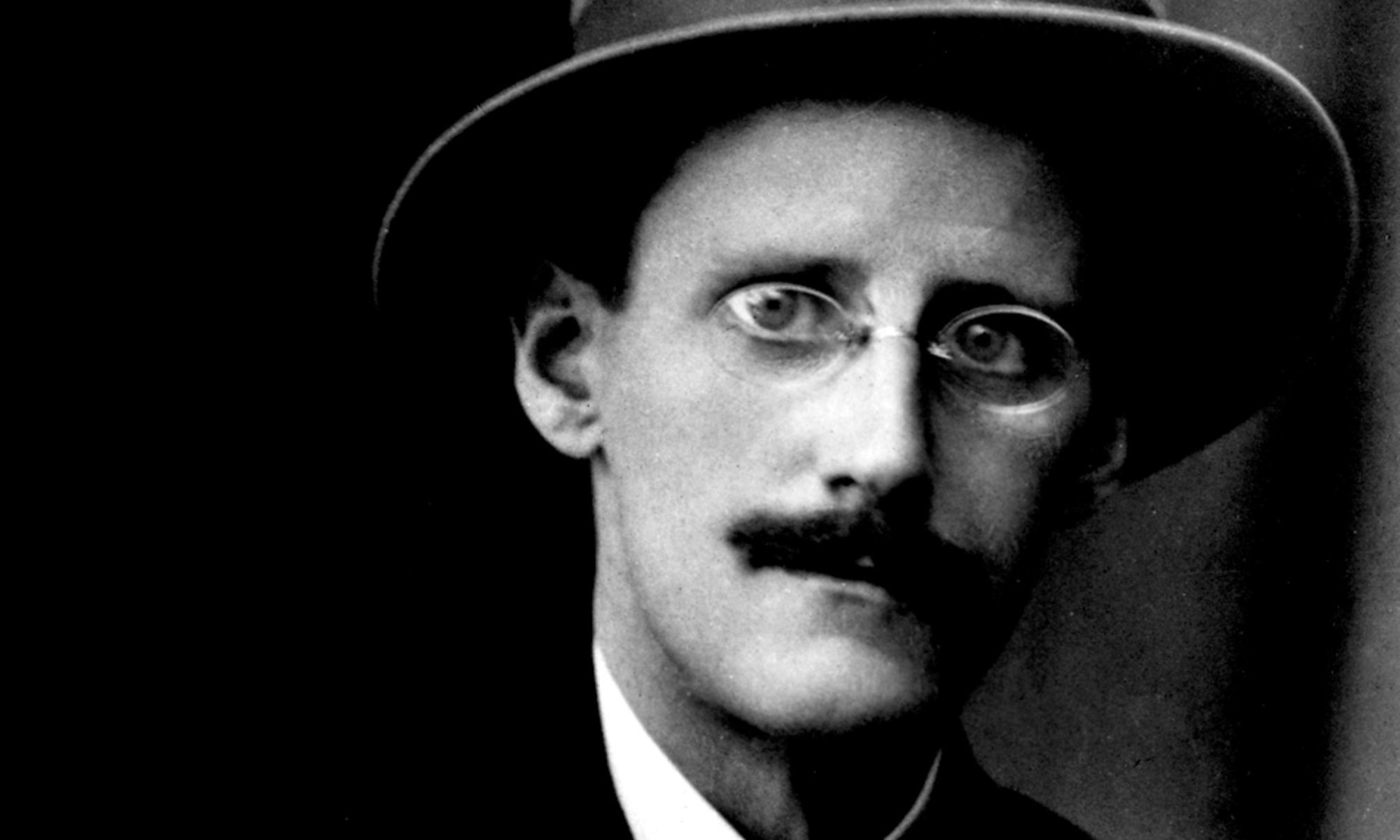First off: the name, BiCyclops. During a question and answer session, one of our colleagues asked us if we planned to explore the Homeric parallels of Ulysses in our work. We had explored a lot of things, but that was one big one we’d left on the table. Paul, happily, came to our rescue with an amusing Beatles anecdote (complete with accent) about a “two-eyed cyclops” from Yellow Submarine. It was a name that stuck.
BiCyclops, before it was BiCyclops, started as a very basic desire to show, simultaneously, an event experienced by both Stephen and Bloom, an idea we called the Parallax Diary. As this took more defined shape, we began to consider what other creative aspects could be brought to bear, formally, on the project.
One of our first considerations was technological. Joyce published at a time of remarkable industrial achievement. Indeed, even the printing press—which had been essentially the same for centuries—had become a radically different thing by 1922. Would any such innovations be helpful in engaging Ulysses?
We decided that a particularly useful invention for our purposes was the stereoscope. This device allowed two photographs of the same scene, taken at slightly different vantages, to be viewed at the same time, giving the illusion of a three-dimensional panorama. Formally, this seemed to mimic the literary effect of parallax.
Additionally, we considered the material transmission of the text through screens: specifically websites. In what way would the seemingly fluid ability to manipulate text on a computer screen better enable us to present a parallax experience? We struggled with this decision a bit, as it clearly is outside the world of options that Joyce had at hand. However, in the end, we decided that he would have been delighted by this kind of endeavor.
The final project took the sleek, modern form you see here today, though this occurred fairly late in the project. Originally, the text was presented in a significantly lower-tech web format, designed to formally mimic (as much as possible) a stereoscope viewer, displaying texts in parallel columns. This served our purposes and had the benefit of being painstakingly hand-coded. But it neither looked the part of a professional, Ivy League project, nor, more importantly, did it consistently display across a variety of media. Thus, we instead chose to significantly modify an existing WordPress theme, and were much happier for it.
When you get to reading the project, you’ll want to know that the left column is Stephen’s, written by Jack, while the right is Bloom’s, written by Sean. Occasionally these texts will merge. What that means is up to you. Helpful glosses and annotations are provided by tooltip: just mouseover any text that’s highlightedIt’ll look like this! to see more information. Individual bibliographies are provided on the author pages. Fair warning: we utilized three different editions of Ulysses in preparing our episode. Citation comes as a modified form of MLA, which we hope will give you the information you need, while remaining easy to read quickly and without disruption to the text itself.
Formal concerns aside, the episode itself occurs in the memory of both characters, taking almost no actual time out of Bloomsday, while still occuring entirely within the space of Ulysses. For Stephen, he’s taken up right as he heads on to Sandymount. For Bloom, it’s right as he’s about the enter the baths. Both characters are transported into memory by their mutual scent associations with lilac and brought out of it by the sound of an incoming tram. We agreed, fairly early on, that the moment of parallax should be the first time that the two met: a party at Mat Dillon’s house, when Stephen was just five years old. This presented amazing opportunities and challenges, both in writing and imagining a five-year-old Stephen and in constructing a Bloom whom the text has barely had time to introduce. You can read more about this in the individual author pages.
How to read these texts is a difficult thing to advise, and we think it best to leave that up to your own experimentation. One downfall of electronic texts that we’ll admit at the start, however, is that they’re not nearly so easy on the eyes as works printed on paper. So we’ve broken the text down into vignettes to allow for serial reading—another Joycean parallel—and endeavored to make it as easy as possible to jump back into the text where you left off. We hope that this encourages reading the work in full over time. When you’re ready to start, just click here.
